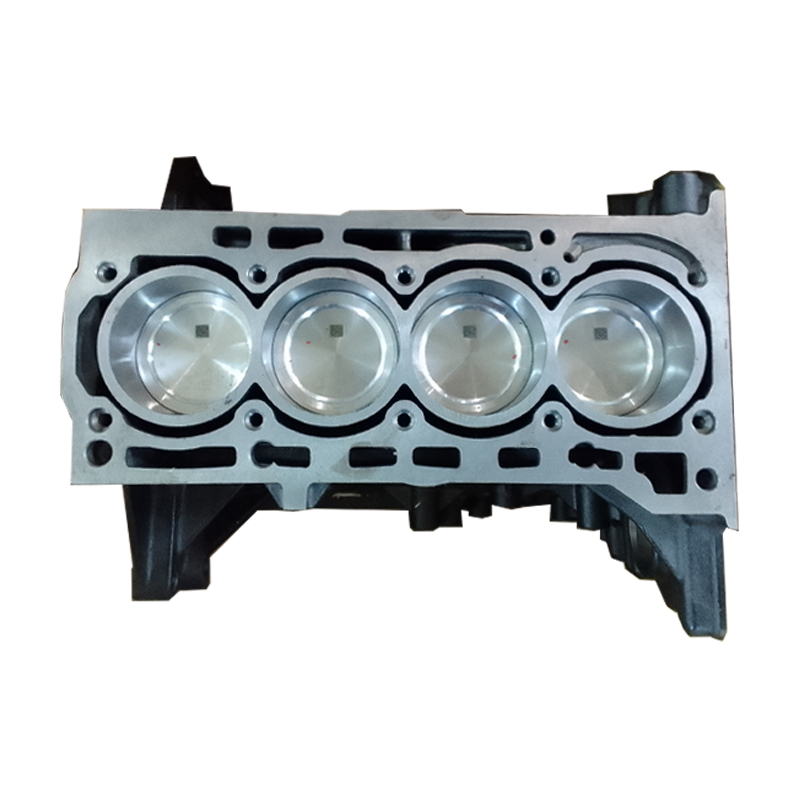Just How a Clp Engine Can Enhance Efficiency in Different Industries
The development of CLP engines marks a substantial shift in operational effectiveness throughout numerous sectors, driven by their ability to enhance gas intake and reduce downtime. As organizations progressively focus on sustainability along with efficiency, the role of CLP engines becomes even much more important.
Introduction of CLP Engines
CLP engines, or Constant Liquid Propellant engines, stand for a substantial innovation in propulsion modern technology, especially for space applications. These engines utilize a continuous feed system that permits for the continual expulsion of propellant, resulting in enhanced performance and performance compared to typical strong or hybrid propulsion systems. By keeping a consistent circulation of liquid propellant, CLP engines can achieve extra exact thrust control, which is crucial for steering spacecraft in different mission circumstances.
The layout of CLP engines integrates sophisticated materials and cutting-edge fuel monitoring systems. clp engine. This results in lowered weight and enhanced reliability, necessary elements for long-duration room objectives. Furthermore, the continual operation lessens the risk of burning instability, a typical difficulty in conventional rocket engines.

Benefits in Manufacturing
The manufacturing of Continuous Fluid Propellant (CLP) engines offers numerous noteworthy advantages that enhance both efficiency and cost-effectiveness. Among the key advantages is the streamlined production procedure, which minimizes the complexity related to traditional propulsion systems. By making use of fluid propellant, producers can achieve greater accuracy in engine performance, resulting in maximized power output and reduced waste.
Furthermore, CLP engines help with a higher level of modularity, enabling for simpler integration right into different manufacturing lines. This flexibility can dramatically reduce lead times and boost general operational adaptability. The usage of CLP technology additionally often tends to reduce the need for considerable upkeep because of less moving components, which equates into decreased downtime and operational expenses.

Applications in Logistics
Leveraging Constant Liquid Propellant (CLP) engines in logistics uses substantial benefits in functional effectiveness and dependability. These engines offer a robust remedy for various transportation demands, making it possible for the smooth activity of items throughout huge ranges. The intrinsic style of CLP engines permits regular power outcome, which equates into smoother and much more predictable transport timetables.
Among the essential applications of CLP engines in logistics is in heavy-duty freight transport, where they can drive both ground and airborne lorries. Their capacity to preserve high performance under differing lots problems guarantees that delivery timelines are met, consequently boosting client fulfillment. Additionally, CLP engines can be incorporated right into automated logistics systems, assisting in real-time tracking and optimizing course planning.
Moreover, the sturdiness of CLP engines decreases maintenance downtime, enabling logistics companies to optimize their operational capacities. This is especially useful in warehousing operations, where effectiveness in dealing with and delivering products is crucial. As logistics remains to develop, the assimilation of CLP engines represents a forward-thinking strategy that not only boosts performance yet likewise supports the market's expanding demands for integrity and speed.
Influence On Energy Effectiveness
How do Constant Fluid Propellant (CLP) engines enhance power performance in transportation? CLP my blog engines utilize a constant circulation of liquid fuel, maximizing combustion processes and keeping a stable thrust output. This style decreases energy losses connected with typical combustion engines, where fuel distribution can differ and lead to ineffectiveness.
The continual operation of CLP engines enables an extra efficient thermal cycle, leading to greater details impulse compared to conventional engines. clp engine. This equates to lowered gas consumption for the exact same quantity More Info of work done, dramatically decreasing functional costs across various transportation markets, consisting of aeronautics and maritime sectors
In addition, the capacity of CLP engines to preserve optimum performance under varying load problems reduces the need for frequent acceleration and deceleration, even more improving fuel effectiveness. Enhanced energy effectiveness not just adds to set you back financial savings but likewise causes lower greenhouse gas discharges, lining up with worldwide sustainability goals.
Future Trends and Innovations
Emerging developments in Continuous Liquid Propellant (CLP) Learn More Here engine technology assurance to change the landscape of transport performance and sustainability. As sectors pivot towards greener options, CLP engines stand at the forefront, incorporating cutting-edge products and style methods that enhance performance while decreasing ecological impact.
Among one of the most appealing trends is the fostering of crossbreed systems that combine CLP engines with renewable resource sources. This synergy can maximize gas consumption and reduce exhausts, lining up with global sustainability objectives. Innovations in computational fluid characteristics (CFD) are helping with the layout of more aerodynamically reliable engines, leading to minimized drag and improved fuel performance.
Moreover, the development of wise monitoring systems is established to enhance operational efficiencies. These systems take advantage of data analytics and IoT innovation to enhance engine efficiency in real-time, making certain that the engines run within their most effective parameters.
As research study proceeds to explore alternate propellant solutions-- such as biofuels and synthetic fuels-- the future of CLP engines looks appealing. By using these developments, sectors can not only improve their effectiveness yet also contribute substantially to a cleaner, more sustainable future in transportation.
Verdict
In conclusion, CLP engines represent a substantial advancement in effectiveness throughout several markets. The combination of advanced materials and fewer relocating parts decreases upkeep demands, while placement with sustainability goals placements CLP engines as a critical technology for the future.